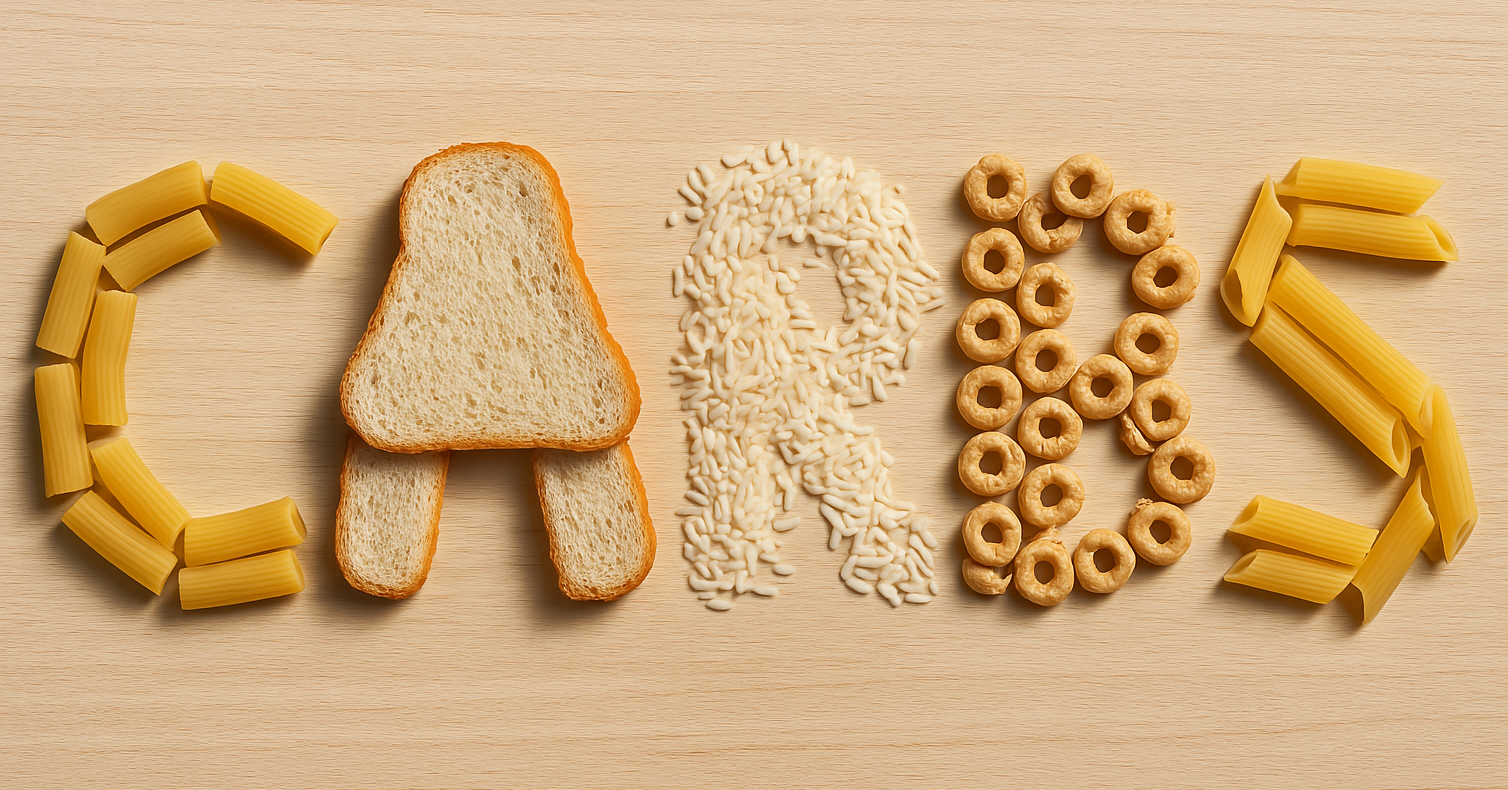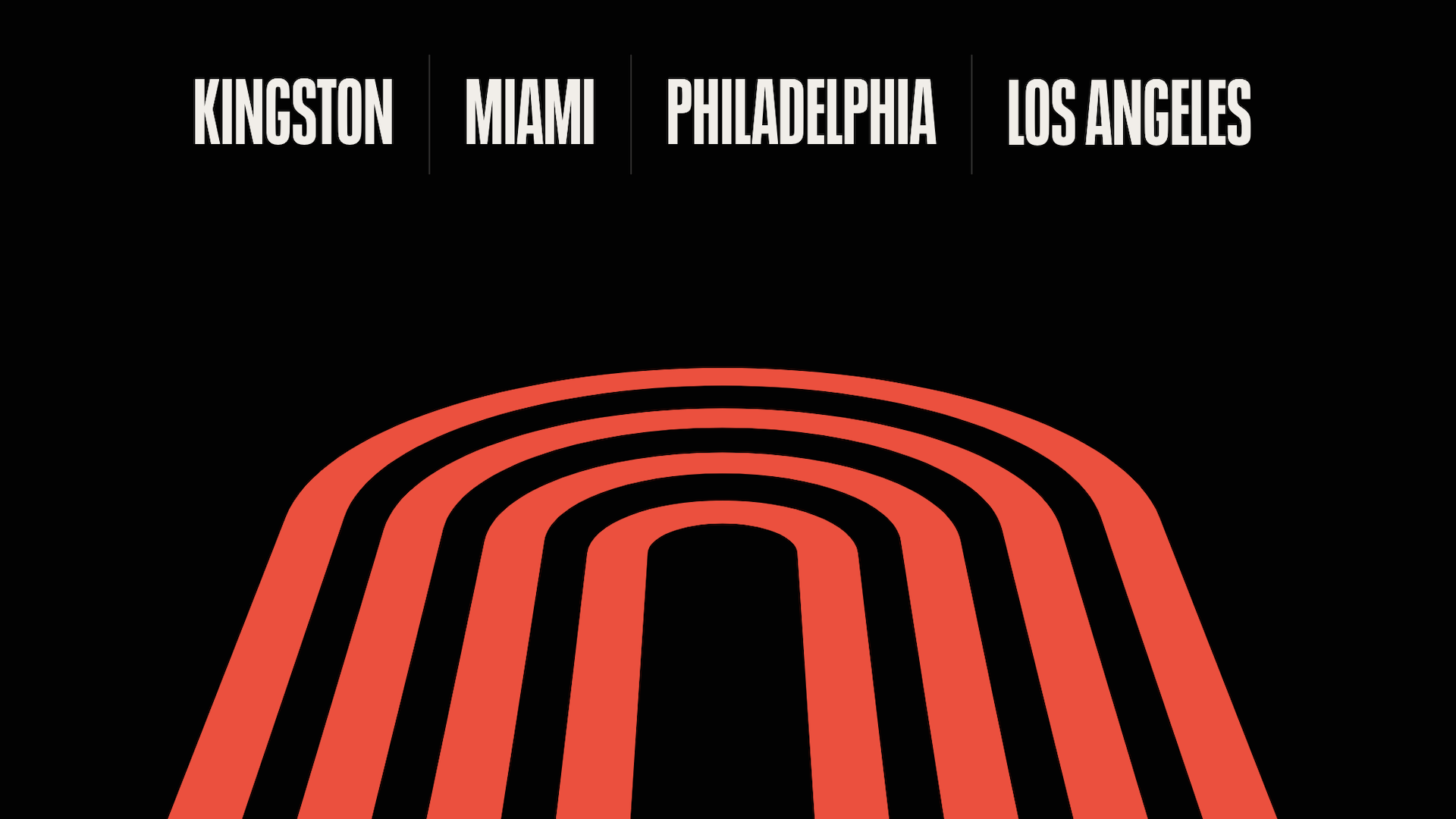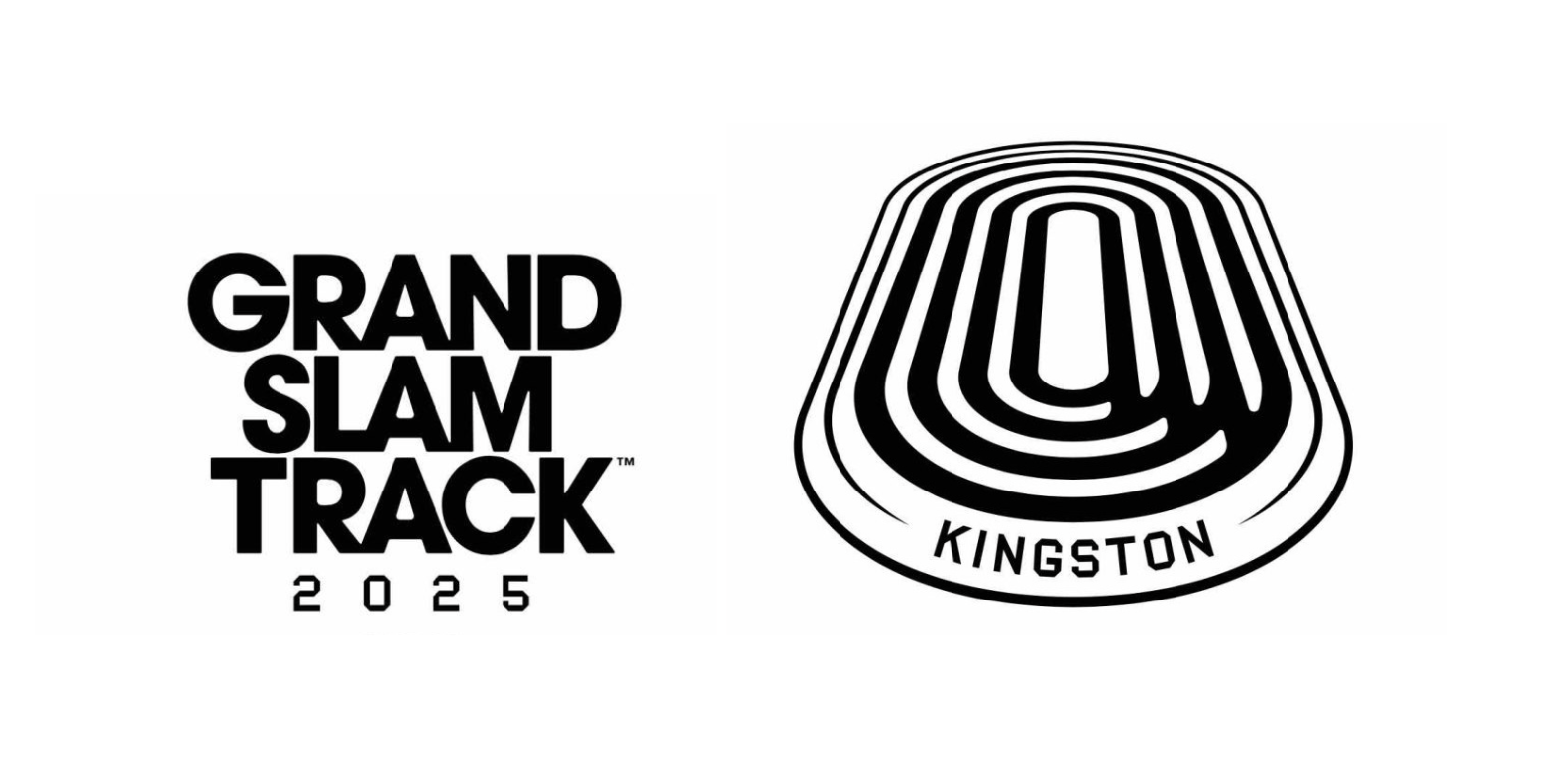Michael Johnson’s Grand Slam Track: Everything You Need To Know

Legendary American sprinter Michael Johnson has announced the launch of Grand Slam Track, showcasing the world’s best runners at four annual competitions, with $12.6m total prize money available each year.
“We’re revolutionising the track landscape,” said Johnson, who is CEO and Commissioner of Grand Slam Track. The Slams will feature “a very exclusive group of the best, fastest and most popular athletes in the world.”
With live crowds in stadiums, television and streaming deals, plus athletes encouraged to create their own content around the Slams, fans will get the chance to learn more about the athletes and their personalities, and be drawn into the ongoing head-to-head battles.
“Grand Slam Track is going to take our sport to new heights,” said Johnson. “And we want you to come along for the ride.”

THE GRAND SLAM TRACK FORMAT
Two of the four Slams will be held in the US, with Los Angeles as the tour’s headquarters and hosting one of the Slams (including the first one to be held in April 2025). The exact locations of the other Slams have yet to be confirmed.
Each Slam will take place over three days, and with a three-hour broadcast window on each of those days.
There will be a total of 24 races featuring eight athletes in each race. Every athlete receives an appearance fee as well as prize money.
All Slams will take place between April and September as part of World Athletics outdoor season, and will run alongside existing competitions like the Diamond League, plus World and European Championships, and the Olympics.
THE GRAND SLAM TRACK ATHLETES
There will be 48 ‘Racers’ contracted to Grand Slam Track, and who commit to running in all four Slams (if fit). An additional 48 spaces will be open at each Slam for ‘Challengers’ who will be paid an appearance fee for each Slam they run in. Challengers are chosen based on recent performances, and to create the most exciting races.
Contracted athletes could change year-by-year, with Challengers being promoted. Sydney McLaughlin-Levrone is the first contracted athlete to be announced.
THE GRAND SLAM TRACK EVENTS
There are six race types, with two races in each – athletes compete in both the events in their category and accumulate points in each race based on their finish. There will be four contracted GST Racers and four GST Challengers in each race. The events are for both males and females, and are as follows:
Short Sprints: 100m & 200m
Short Hurdles: 100m(F) / 110m(M) Hurdles & 100m Flat
Long Sprints: 200m & 400m
Long Hurdles: 400m Hurdles & 400m Flat
Short Distance: 800m & 1,500m
Long Distance: 3,000m & 5,000m
So if an athlete is contracted as a Short Distance runner they will run in both the 800m and the 1,500m.
Athletes score points in both events, which are added together. Points will be distributed 10-8-6-5-4-3-2-1 for 1st to 8th place. The points create the final standings, and if there are any ties then the lowest combined running time is the winner.
In each event at each Slam the prize money is: $100,000 for first, $50,000 for second and $30,000 for third. Then $25,000, $20,000, $15,000, $12,500 and $10,000.
Points and finishes do not carry over to the next Slam.
WHAT ELSE DO YOU NEED TO KNOW ABOUT GRAND SLAM TRACK?
There won’t be pacing lights or pacers, as the Slams are focused more on the competition than the winning times, however the races will all meet World Athletics regulations so athletes can collect ranking points from the Slams, and all times are eligible as records.
Runners won’t wear bibs or hip numbers, and they can run in their own sponsored kit and not as part of their national team – athletes are encouraged to create their own custom kit for the Slams. GST has no sponsorship or affiliation with any shoes brands.
As well as the fees and prize money, the racers will have access to group licensing and revenue opportunities as part of their commitment to promote the Slams. They will also receive marketing, brand and content support.
WHY ARE THERE NO FIELD EVENTS AT GRAND SLAM TRACK?
The events at GST are only on the track, meaning there are no jumping or throwing events. In traditional track and field meets, the throws and jumps take place while athletes run around the track.
Grand Slam Track will be “one event at a time,” said Johnson, with full focus on each race. “The athletes in those different events, in order for them to be on that stage that we want them on, they deserve to have our undivided attention on them.”
THE FUTURE OF TRACK AND FIELD
This follows the recent announcement from World Athletics and their Ultimate Championship, a ‘Super Bowl’ of track and field that will take place every two years, with the world’s best-performing athletes invited to compete, and with US$150,000 for gold medalists. The Ultimate Championship includes field and jumping events as well as track.
With both initiatives focusing on bringing in bigger television and online audiences, and celebrating the best athletes and their performances, it’s an exciting prospect for running fans.
You can find out more about Grand Slam Track here.
Do you think this is a good thing for track running? Will you be watching Grand Slam Track?




























Running News
Ingebrigtsen Stars at World Athletics Indoor Championships 2025 – Plus All The Winners!
Sam Ruthe Is First 15-Year-Old To Run A Four-Minute Mile!
Eliud Kipchoge Will Run The 2025 Sydney Marathon!